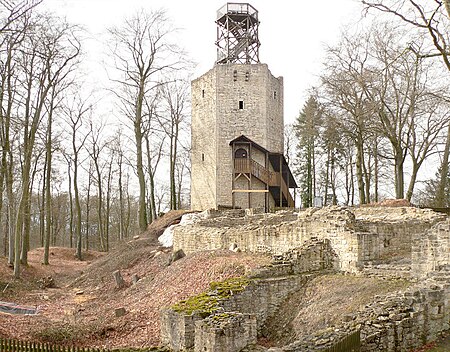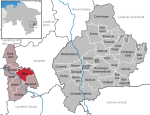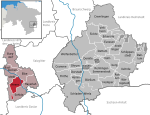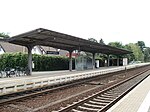Lichtenberg Castle (Salzgitter)

Lichtenberg Castle (German: Burg Lichtenberg), also called the Heinrichsburg ("Henry Castle"), is a ruined castle dating to the 12th century in the Lichtenberge hills (the northwestern part of the Salzgitter Hills) near Salzgitter in the German state of Lower Saxony. The ruins are found south of and above the Salzgitter suburb of Lichtenberg on the steep summit of the Burgberg (241 metres high). The site, which is extremely good from a strategic perspective, shows the ideal type of ground plan of a hill castle from the High Middle Ages. The builder of the most important fortifications of the Welf dynasty was Duke Henry the Lion. The castle was built to counter the Bishopric of Hildesheim and its Hohenstaufen neighbour in Goslar. In spite of numerous conflicts of those times, it was not destroyed until 1552 by the cannons of a mercenary army.
Excerpt from the Wikipedia article Lichtenberg Castle (Salzgitter) (License: CC BY-SA 3.0, Authors, Images).Lichtenberg Castle (Salzgitter)
Stukenbergweg, Salzgitter Lichtenberg (Ortschaft Nordwest)
Geographical coordinates (GPS) Address Website External links Nearby Places Show on map
Geographical coordinates (GPS)
| Latitude | Longitude |
|---|---|
| N 52.12139 ° | E 10.28861 ° |
Address
Burg Lichtenberg
Stukenbergweg
38228 Salzgitter, Lichtenberg (Ortschaft Nordwest)
Lower Saxony, Germany
Open on Google Maps










